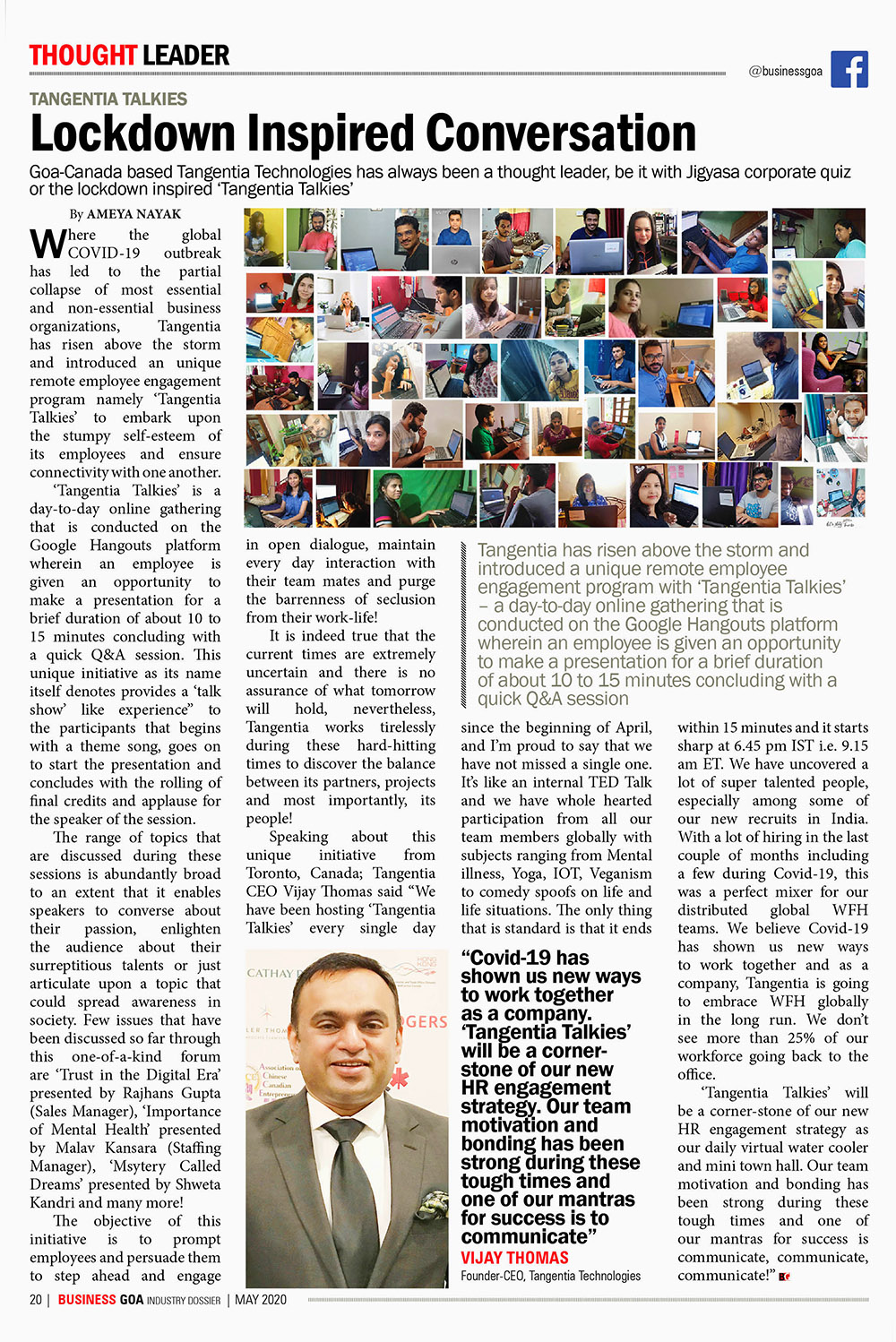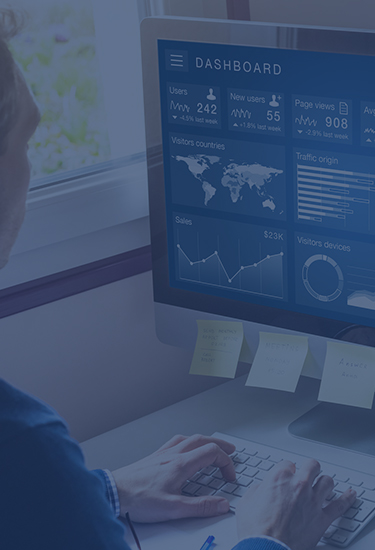Artificial intelligence (AI) is taking the world by storm. The global intelligent virtual assistant (VA) market is set to reach more than $25 billion by 2025. In day-to-day life people interact with AI for shopping, banking, and smart home devices. In business, chatbots have made customer communications more efficient and a VA can help people organize their schedules and more quickly connect with the information they need to do their job better.
A VA is an AI technology that is also useful in the realm of higher education. In this setting, the VA can transform the university and college experience by helping students access the information they need when they need it. It can also help universities manage the inquiries and communications they receive from students and the general public.
How Students Can Use AI Powered Chatbots
AI Powered Chatbots make it possible for each student to individualize their on-campus experience and education. From asking questions regarding registration to finding out where the nearest campus coffee shop is to getting help with their work, an AI Chatbot is there to help students. There are many ways that students can enhance their college experience with an AI Chatbot such as:
- Act like a teacher’s assistant, with 24/7 availability to answer student questions and complete tasks more quickly than a human assistant
- Provide individualized teaching methods to help students learn better and more efficiently
- Help international students with application and administration support using multi-language capabilities.
- Provide students with reminders, on-campus information, help connecting with tutors, and answers to questions about facilities and life on-campus
- Connect students with the on-campus support and processes they need to ensure their success and post-secondary education transition is as seamless as possible
AI Chatbot technology is advancing quickly, improving its capacity to provide more intuitive guidance for each student based on their individual needs.
How AI Powered Chatbots Can Help Universities
Universities have a limited staff that needs to service a very large student body. If enrollment grows, hiring more staff can be costly. With the use of a AI Chatbots, a university can easily and efficiently service a large student body by deploying an AI Chatbot to:
- Answer standard student questions
- Provide information to students quickly
- Flag more complex questions or problems for staff to take care of
- Free up staff to have more one-on-one time to help students where they need it most
- Act as a teacher’s assistant for online and virtual learning environments
Introducing TIA – Tangentia’s Intelligent Automation Chatbot powered by IBM Watson
TIA can be built, trained, and deployed to provide individualized conversations via any application, device, or channel. It has the capability to:
- Learn from minimal data
- Process unstructured data
- Handle massive amounts of data
- Act as a decision support system for students
- Be deployed on the public cloud and on-premises networks
- Recommend improvements to the system
- Rely on people or its own search engine as fallback
These capabilities provide higher education institutions with the means to offer the following services:
Language:
- Assistant
- Document Conversion
- Natural Language Classifier
- Natural Language Understanding
- Tone Analyzer
- Retrieve and Rank
- Personality Insights
- Speech:
- Speech to Text
- Text to Speech
Vision:
- Visual Recognition
Data insights:
- Discovery
- Knowledge Studio
- Discovery News
As an example of the use of TIA, an IBM Powered Watson Chatbot, a Canadian University was looking for a chatbot digital assistant that would allow the Office of the Registrar to improve their response time to student inquiries, particularly with online inquiries via email and direct chat services. With more than 80,000 emails, 71,000 phone calls, and 37,000 in-person inquiries, staff was frequently overwhelmed and working overtime to keep up.
Tangentia was chosen as the service provider and to demo their TIA Chatbot to the University. We trained the chatbot to help students and website visitors find the information they needed quickly and easily. In addition, we were able to provide smart integration with the University’s website and include live agent integration. Not only that, but we worked closely with the IBM Watson AI team and had a working chatbot demo built within five days!
Contact Tangentia today for more information and to schedule a POC on the IBM Watson Virtual Assistant and TIA.
Get Started Today
Tangentia is a Platinum Partner of IBM and well as partners with Automation Anywhere, UI Path, Blue Prism, Adobe, Microsoft, Salesforce, Amazon and leading enterprise software vendors. We work with customers globally with offices in Canada and India to implement their RPA strategies using an agile methodology.
Read Now
















































